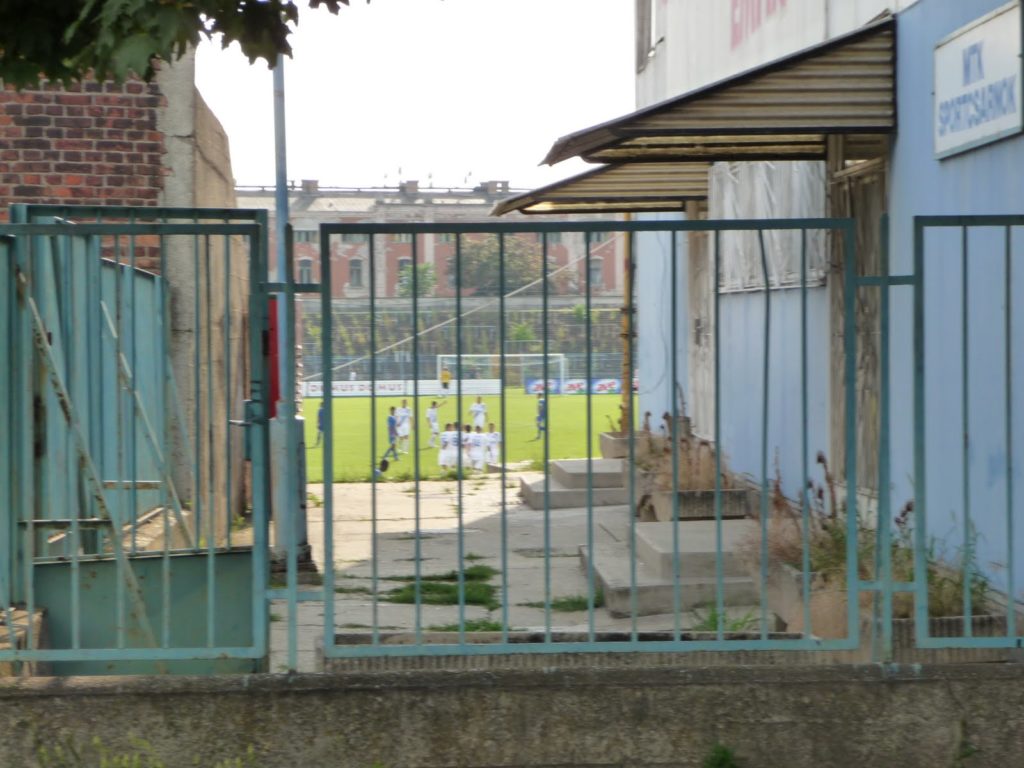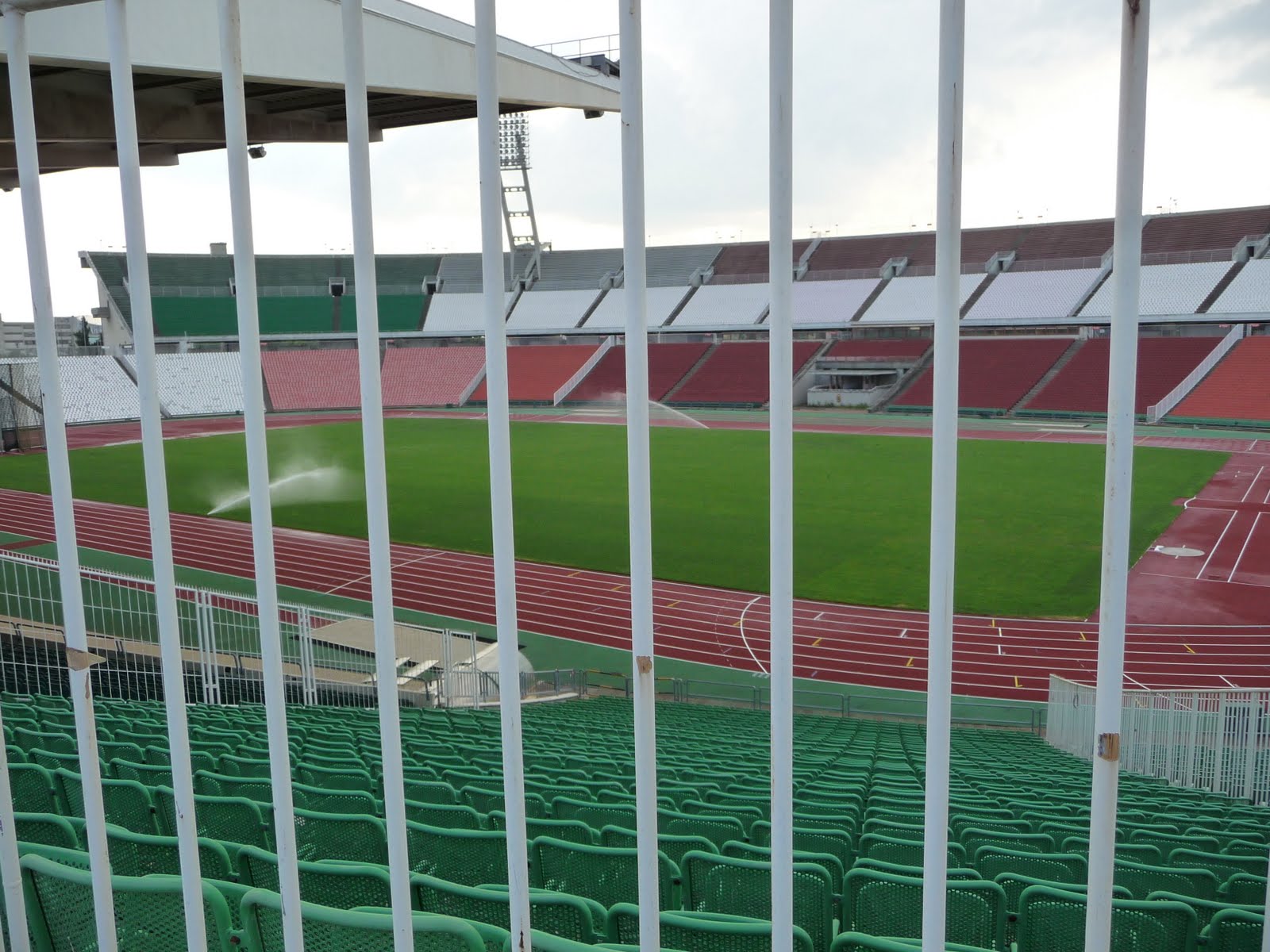I chose Budapest because of a fondness for eastern Europe and its football that began in adolescence when Croatia’s run to the quarter-finals at Euro 96, not to mention their chequerboard kit, caught my eye.
Budapest boasts some of Hungary’s most well-known club sides and the national stadium resides in the city too.
Right at the start of my holiday, my taxi drove past the rather sad-looking green and white stands of Ferencváros’ Stadion Albert Flórián on the way to my hotel but I couldn’t get a good photo of it through the window of the moving car. In 2013 the old stadium was demolished and a new one built on the same site.
Travelling alone and carrying my dad’s borrowed camera, the next day I made it my mission to visit a few of the other grounds dotted around the city. The first up was Szusza Ferenc Stadium, on the northern edge of Budapest, the home of Újpest FC since 1922 which was renovated in 2001. Catching a good glimpse of the purple seats of the 13,500-capacity ground from the top of one of the stands was a worthy reward for some fairly tortuous attempts to find it on public transport.
Outside the stadium, on a wall adjacent to what looked like the training pitch, someone had daubed “stop cop terror”, which I found noteworthy because Újpest were, under the communists at least, the official team of the police. Other walls had been decorated by Újpest’s ‘Ultra Viola Bulldogs’, formed in 1992.
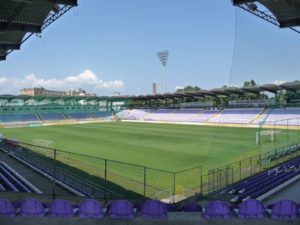
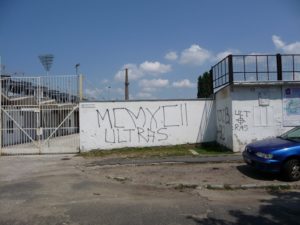
I headed east on metro line 2, originally in search of MTK Budapest’s Hidegkuti Nándor Stadion. However, changes to Budapest’s impressive public transport system had done away with the tram I was supposed to catch. Alighting at Stadionok instead, I found myself in the vicinity of the old Ferenc Puskás Stadium.
Built shortly after World War II, the opening of the ‘People’s Stadium’ (Nepstadion) coincided with the rise of Hungary’s ‘golden team’ in the 1950s. Most famously for English football fans, Hungary routed Walter Winterbottom’s national side 7-1 there in 1954 before their run to the World Cup final a few weeks later.
On the day of my visit the site was incredibly overgrown, making it hard to believe that it was still a functioning sports stadium at the time, let alone the place where the ‘Magical Magyars’ handed out England’s heaviest ever defeat, but I feel very lucky to have seen it before the wrecking balls arrived in 2016. Hungary’s new national stadium, the Puskás Aréna, opened three years later in its place.
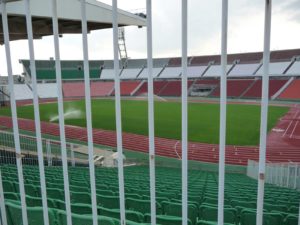
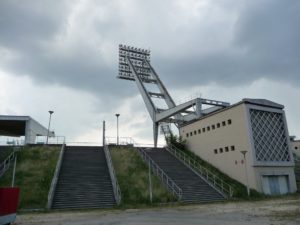
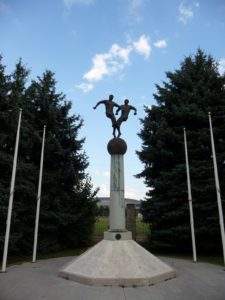
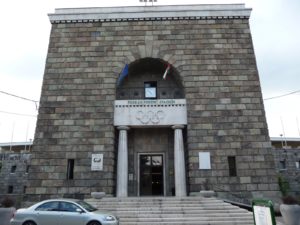
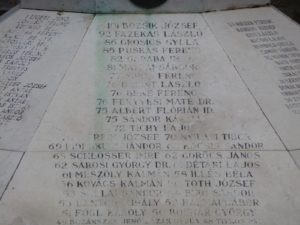
Seeing that there was a tram stop named after MTK’s stadium a short journey away, I finished by crossing it off my list. MTK’s home is named after the deep-lying forward who terrorised England’s defenders at Wembley in 1953. It too has been demolished since my visit and a new ground – still named after Nándor Hidegkuti – opened on the same site in 2016.
I managed to see a bit of a behind-closed-doors friendly that was taking place, before a burly man closed the gate I was watching through.
